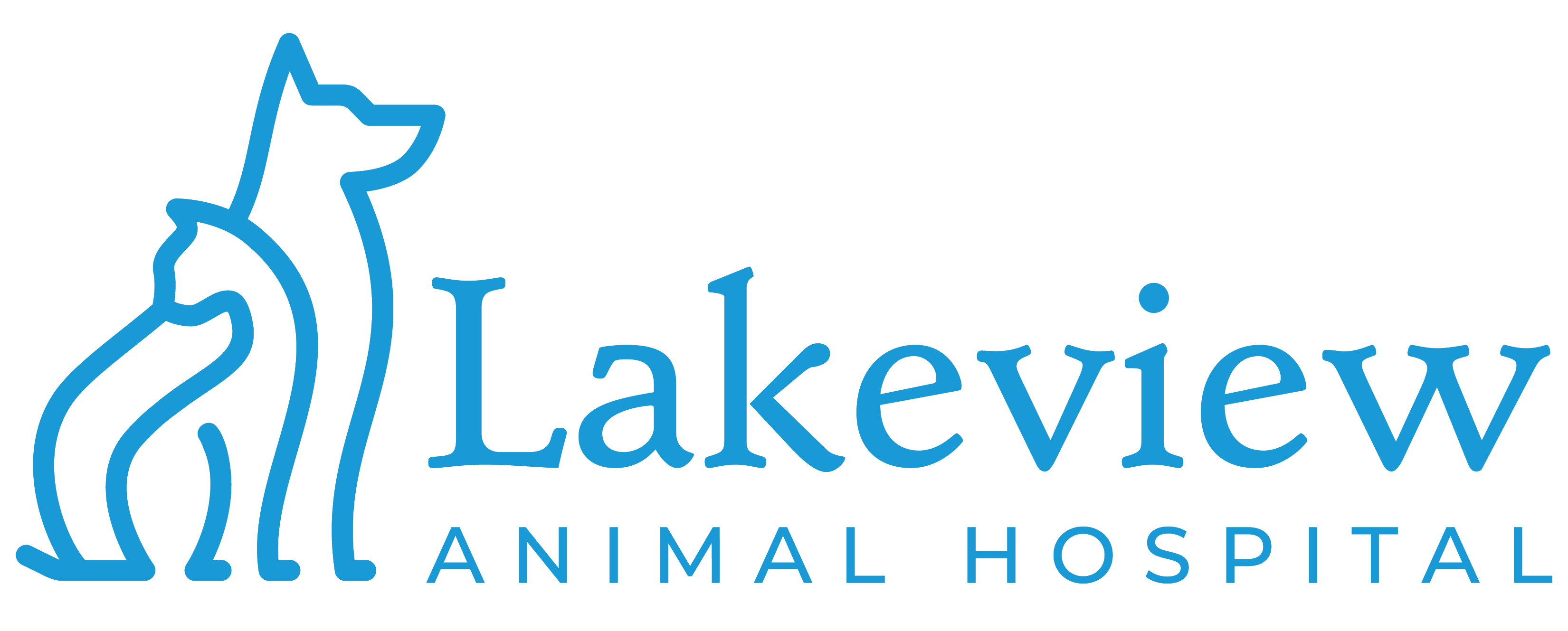Educational Articles
-
Dermatomyositis is hereditary, immune-mediated disease of the skin muscles and blood vessels affecting primarily collies, Shetland Sheepdogs and mixes of these breeds. Other breeds can experience similar disease. Signs are usually first recognized in puppies but can present in young adulthood. Signs include: skin lesions (crusty erosions, patchy alopecia or ulcers) around the eyes, lips, face, ear flaps or tail tip, foot pad lesions; atrophy of chewing muscles or difficulty chewing; stiff gait and megaesophagus in severely affected dogs. Skin biopsies are diagnostic. Treatment involves treating secondary bacterial infections, reducing sun exposure, EFAs, and immunomodulatory medications including tetracycline, niacinamide, pentoxifylline, cyclosporine and corticosteroids. Prognosis varies depending on severity.
-
Diabetes insipidus (DI) is rare in cats, and is characterized by excessive thirst/drinking and the production of enormous volumes of extremely dilute urine. Despite drinking large volumes of water, the cat can become dehydrated from urinating so much. Without treatment, NDI results in dehydration leading to stupor, coma, and death.
-
Diabetes insipidus results in excessive drinking and urination. As many conditions cause these signs, a number of diagnostic tests including bloodwork and urinalysis need to be performed to rule out other causes. After more common causes are ruled out, a modified water deprivation test can confirm disease and an MRI or therapeutic trial can be performed. Diabetes insipidus results from reduced production of ADH from the brain or reduced sensitivity to ADH in the kidney. Treatment depends on the cause of the disease either replacing the lack of ADH with a synthetic replacement or using a hydrochlorothiazide and a low salt diet to decrease urine production.
-
Diabetes mellitus is a disease of the pancreas. This small organ located near the stomach has two different types of cells that have very different functions. One group of cells produces the enzymes necessary for proper digestion.
-
This handout provides general information about diabetes mellitus in dogs. For information about its treatment, see the fact sheets "Diabetes Mellitus - Principles of Treatment" and "Diabetes Mellitus - Insulin Treatment".
-
This handout provides detailed information on insulin administration. For more information about diabetes mellitus, see the fact sheets "Diabetes Mellitus - General Information", and "Diabetes Mellitus - Principles of Treatment".
-
This handout provides detailed information on the principles of treatment in diabetes mellitus. For more information about diabetes mellitus and its treatment, see the fact sheets "Diabetes Mellitus - General Information", and "Diabetes Mellitus - Insulin Treatment".
-
Diabetes mellitus results from an inadequate production of insulin from the pancreas. The primary treatment is replacement by insulin injections. The body's response to the injections needs to be regularly monitored using an at-home glucometer or continuous glucose monitoring system. Insulin must be stored and reconstituted carefully to ensure dosing is accurate. Giving subcutaneous injections of insulin can seem daunting at first, but by following the directions in this handout, it will quickly become second nature to both you and your pet.
-
New medications can help regulate blood glucose levels in cats, including once-daily oral medications bexagliflozin (Bexacat) and velagliflozin (Senvelgo). Cats in the initial stages of DM may benefit most from oral diabetes treatments. This article discusses how these medications work, potential risks, and monitoring required.
-
Diabetes mellitus is an inability to regulate blood glucose caused by a loss of insulin production (Type I) or inadequate insulin supply or resistance (Type II). In cats, diabetes mellitus is most often type II. This type of diabetes usually results from obesity, creating insulin resistance. Cats with type II may be treated with oral medication, but some cats may ultimately require insulin injections. Diet is also important. This article discusses various treatments and monitoring regimens.

